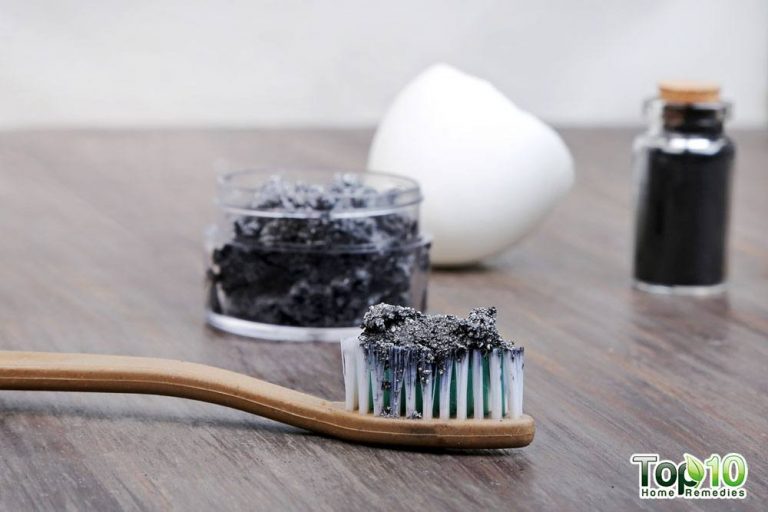

A close up or closeup in filmmaking, television production, still photography and the comic strip medium is a type of shot, which tightly frames a person or an object. Close-ups are one of the standard shots used regularly with medium shots and long shots (cinematic techniques). Close-ups display the most detail, but they do not include the broader scene. Moving in to a close-up or away from a close-up is a common type of zooming.
History of the close-up Edit
Most early filmmakers—such as Thomas Edison, Auguste and Louis Lumière and Georges Méliès—tended not to use close-ups and preferred to frame their subjects in long shots, similar to the stage. Film historians disagree as to which filmmaker first used a close-up. One of the best claims is for George Albert Smith in Hove, who used medium close-ups in films as early as 1898 and by 1900 was incorporating extreme close-ups in films such as As Seen Through a Telescope and Grandma’s Reading Glass. In 1901, James Williamson, also working in Hove, made perhaps the most extreme close-up of all in The Big Swallow, when his character approaches the camera and appears to swallow it. D. W. Griffith, who pioneered screen cinematographic techniques and narrative format, is associated with popularizing the close up with the success of his films. For example, one of Griffith’s short films, The Lonedale Operator (1911), makes significant use of a close-up of a wrench that a character pretends is a gun. Lillian Gish remarked on Griffith’s pioneering use of the close-up:
The people in the front office got very upset. They came down and said: ‘The public doesn’t pay for the head or the arms or the shoulders of the actor. They want the whole body. Let’s give them their money’s worth.’ Griffith stood very close to them and said: ‘Can you see my feet?’ When they said no, he replied: ‘That’s what I’m doing. I am using what the eyes can see.'[citation needed]
Practical application Edit
Close-ups are used in many ways and for many reasons. They are often employed as cutaways from a more distant shot to show detail, such as characters’ emotions, or some intricate activity with their hands. Close cuts to characters’ faces are used far more often in television than in movies[citation needed]; they are especially common in soap operas[citation needed]. For a director to deliberately avoid close-ups may create in the audience an emotional distance from the subject matter[citation needed].
Close-ups are used for distinguishing main characters. Major characters are often given a close-up when they are introduced as a way of indicating their importance. Leading characters will have multiple close-ups. There is a long-standing stereotype of insecure actors desiring a close-up at every opportunity and counting the number of close-ups they received[citation needed]. An example of this stereotype occurs when the character Norma Desmond in Sunset Boulevard, announces “All right, Mr. DeMille, I’m ready for my close-up” as she is taken into police custody in the film’s finale[citation needed].
Close-up shots do not show the subject in the broad context of its surroundings. If overused, they may leave viewers uncertain as to what they are seeing. Close-ups are rarely done with wide-angle lenses, because perspective causes objects in the center of the picture to be unnaturally enlarged. This may convey a sense of confusion, intoxication, or other unusual mental state.
Close-up types Edit
There are various degrees of close-up depending on how tight (zoomed in) the shot is. The terminology varies between countries and even different companies, but in general these are:
Medium Close Up (“MCU” on camera scripts): Halfway between a mid shot and a close-up. Usually covers the subject’s head and shoulders.
Close Up (“CU”): A certain feature, such as someone’s head, takes up the whole frame.
Extreme Close Up (“ECU” or “XCU”): The shot is so tight that only a detail of the subject, such as someone’s eyes, can be se
Nggak Nyangka! Hidup Gue Berubah Total! Gue bukan siapa-siapa. Cuma anak kos biasa yang kerja serabutan buat nutup biaya hidup… Read More
What is the Main Cause of a Heart Attack? What is its Solution? A heart attack is the blockage of… Read More
In the vast economic arena, one term that often takes center stage, inciting extensive debates and discussions, is the "debt… Read More
De-Dollarization: The Changing Face of Global Finance The financial landscape is in a state of flux, with an intriguing economic… Read More
The curtains closed on a dramatic Bundesliga season with Bayern Munich standing tall once again, clinching their 11th straight title.… Read More
The Unfolding Story of Celine Dion's Health In recent news that has left fans across the globe stunned, iconic singer… Read More